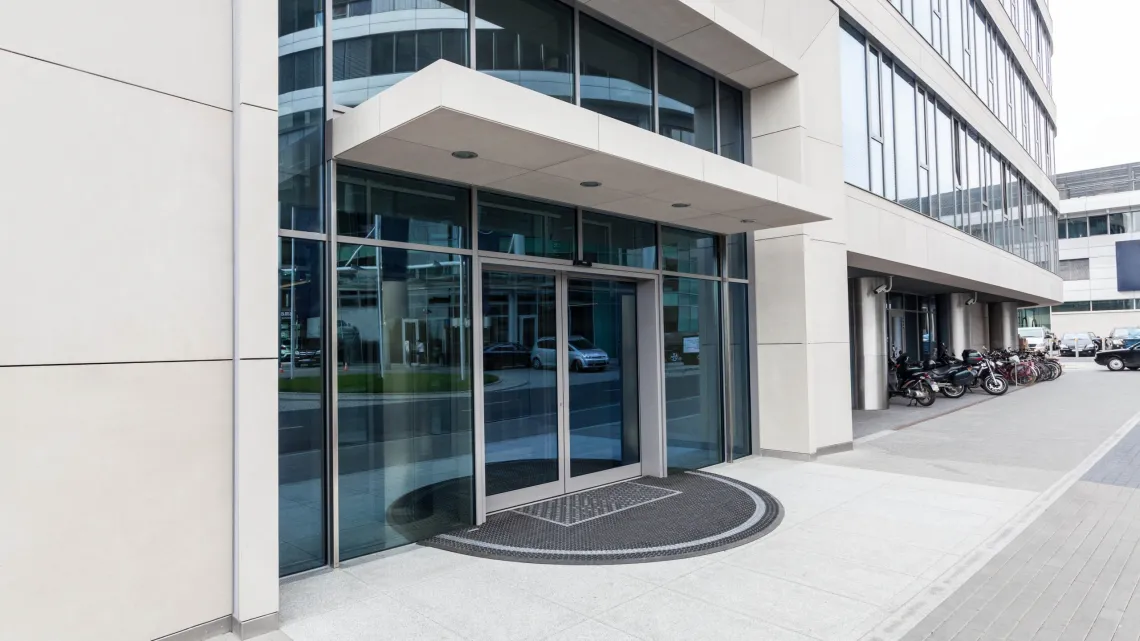Automatic Doors: What Are the Security Benefits?

Regarding security for a building, it is recommended always to have a solid and reliable door. Some people opt for doors made of materials like steel or iron, while others prefer doors with the addition of technology. Automatic doors are technological doors. What are the security benefits?
Reliable Use in Many Areas
Automatic doors are not only easy to access but they can be used for a variety of buildings in different areas. They are mostly installed and adapted for modern facilities with enough traffic. They are also used in the health sector, hotels, and restaurants, wholesale and retail trade, and public buildings.
In the health or hygiene sector, automatic doors can better protect the many visitors to these places from diseases and microbes that are carried between the high number of people carrying germs and different diseases. Automatic doors do not need to be opened manually. This also applies to the wholesale and retail sector.
According to the law, the doors of public buildings must be automatic nowadays. The system that these doors have is reliable and safe for the protection of public property but also for the free access of the users of these buildings. The high traffic of hotels and restaurants makes automatic doors more reliable. As with the hygiene sector, the concept of safety is also a must in this sector. Automatic doors allow individuals who frequent these places to come and go safely.
The automatic door control system, in many cases, is the brain that controls these doors. This system includes timers, settings for opening speeds, angles, and hold time of the doors. For other entries in the same range, additional safety technology is added. These include access control and video surveillance. For example, automatic doors are used to secure entrances in many areas.
Optimal Fire Protection With Clear Emergency Exits
Automatic doors are known for their excellent protection against accidents and fires. Indeed, the tricks to guarantee the safety of buildings that are equipped with automatic doors lie in the sophisticated systems with which they are equipped. It is important to know that automatic doors are equipped with the ability to close automatically in case of fire and smoke. This allows the protection of people and property.
When smoke or fire detector is triggered, the home automation system of the doors is automatically activated. It secures the fire protection section, preventing the fire from spreading and the smoke from escaping. This is the security function for automatic doors that can be triggered by a building system. In terms of security, automatic doors are the best on the market to ensure the safety of buildings, especially if they receive many users.
A configured opening impulse generator is the system installed on the automatic doors to help to have easier access to the emergency doors. This is necessary, especially since this system ensures that the identified emergency door opens immediately when the system is triggered. Even in the event of a power failure, this system guarantees that the emergency doors will open in an emergency.
Automatic doors are optimally secured by the system they are equipped with. In most cases, the automatic doors, thanks to the different systems they are fitted with, allow the automatic closing system of the doors to be activated in the event of a fire or the opening system of the emergency door. Thus, their efficiency and practicality make them doors with many security advantages.

I think alongside the information you have covered, the issue of maintenance is worth mentioning. Nothing can be safe if you neglect its upkeep, so it is important to be sure that you can provide it at a high level. The key can be special software for equipment inspection, which, for example, can be used to organize the workflow as follows.
1. The inspector fills in the checklist, going through the items. If everything is in order with the equipment, the report is submitted. If there are problems with the equipment, the inspector passes the checklist to the technician for inspection.
2.The technician then examines this checklist to find out the problem with the equipment. When the problem is solved, the technician submits a report.
3. Data from all completed checklists are extracted into a dataset and analyzed to make data-driven decisions.
The main thing is that it is as easy to implement as it looks so I hope that my idea will help someone.